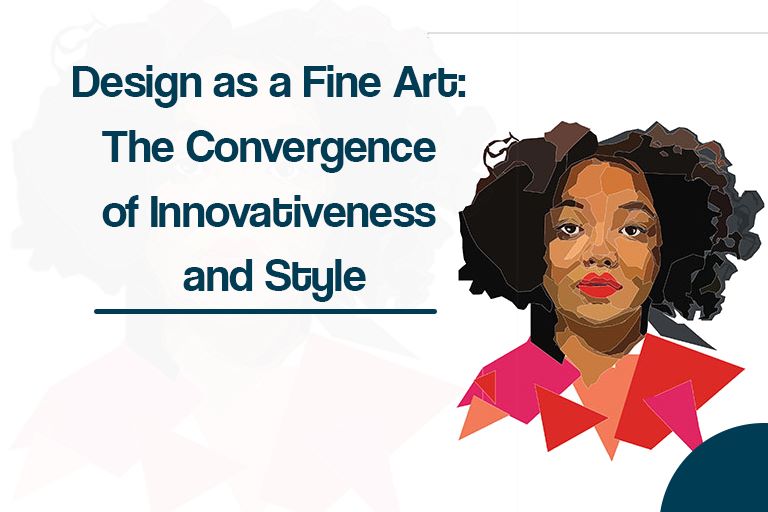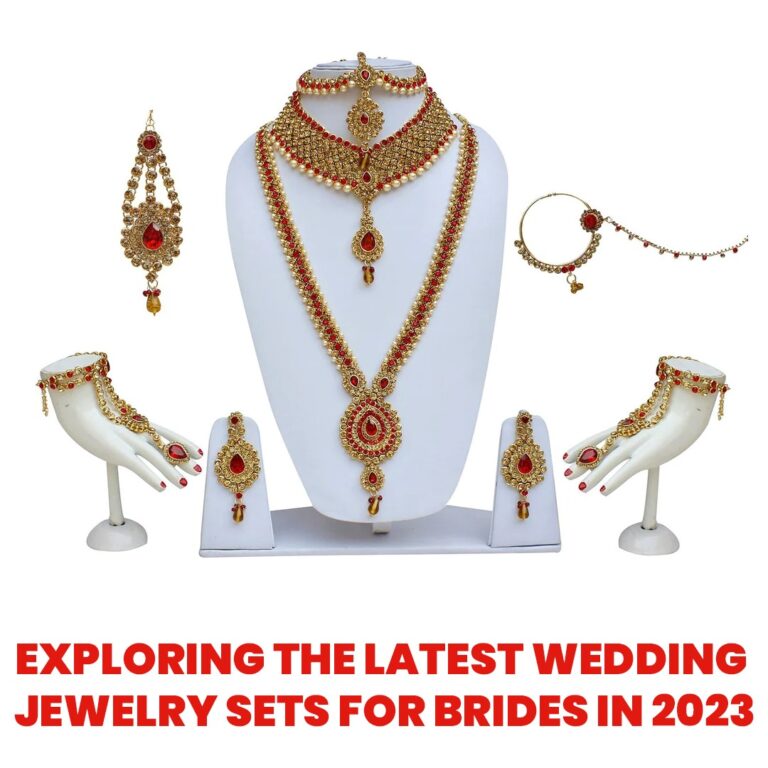Design as a Fine Art: The Convergence of Innovativeness and Style
The design has for some time been perceived as a type of imaginative articulation, where inventiveness and style meet to make a visual language that says a lot about culture, independence, and development. Past its utilitarian reason, the style has developed into a strong work of art, mirroring the steadily changing nature of society and pushing limits through its clear tones, multifaceted plans, and inventive ideas. This article digs into the domain of design as a work of art, investigating the well-established association among imagination and style, and how it keeps on molding our reality.
- Fashion as a Material for Inventiveness:
Like a painter with a fresh start, style originators use textures, materials, varieties, and outlines to make their magnum opuses. Similarly, as craftsmanship incites feelings and difficult discernments, style can offer intense expressions, inspire sentiments, and light discussions. The runway turns into a phase, where planners grandstand their creative vision, utilizing inventive methods and startling materials to make wearable craftsmanship.
- The Convergence of Design and Workmanship:
Design and workmanship are indistinguishable, continually affecting and motivating each other. Specialists since the beginning of time have teamed up with style fashioners, obscuring the lines between the two disciplines. Famous figures like Salvador Dali and Yves Holy person Laurent teamed up on creative undertakings, raising design to a fine art. Today, we see joint efforts between design houses and contemporary specialists, bringing about remarkable assortments that blend conventional craftsmanship with cutting-edge ideas.
- Fashion as an Impression of Culture:
Design fills in as a mirror that mirrors the social, political, and social scenes of now is the right time. From the spectacular outfits of the 1920s flapper time to the intense and orientation bowing styles of the 1980s, design typifies the outlook of changed periods. Planners draw motivation from authentic occasions, cultural changes, and worldwide impacts, interpreting them into pieces of clothing that catch the embodiment existing apart from everything else and save it for any kind of future family.
- Personal Articulation and Singularity:
Style empowers people to communicate their personality, considerations, and feelings through attire decisions. How we dress conveys our character, goals, and affiliations. Design enables us to break liberated from shows, explore different avenues regarding various styles, and make our stories. It is a fine art that empowers self-articulation, permitting us to introduce ourselves to the world in an outwardly dazzling and significant manner.
- Fashion’s Part in Manageability:
As the design develops as an artistic expression, the business has additionally become progressively mindful of its ecological effect. Architects are embracing economical works, investigating creative materials, and reconsidering creation cycles to limit squandering and advance moral design. The combination of workmanship and supportability leads to special manifestations that enthrall with their magnificence as well as convey a significant message of natural cognizance.
- Fashion as an Impetus for Change:
Since forever ago, design plays had a vital impact in rocking the boat and igniting cultural changes. Creators have involved their manifestations as a mechanism for political and social critique, resolving issues like orientation fairness, body inspiration, and social variety. From the troublemaker development’s disobedience to standard style to contemporary creators upholding inclusivity on the runway, design can start discussions and incite change.
- The Creativity of Style Photography:
Style photography is a basic piece of the business, catching the pith and imaginative vision behind a creator’s assortment. Photographic artists, beauticians, and models team up to make outwardly striking pictures that rise above simple item advancement. By utilizing different strategies, lighting, and piece, style picture takers change articles of clothing into visual accounts, obscuring the line between design and compelling artwork photography.
- The Job of Design in Execution:
Style reaches out past the limits of the runway and saturates other works of art like theater, dance, and music. Outfits are a fundamental part of execution craftsmanship, assisting with conveying character, temperament, and account. Coordinated efforts between style planners and performing specialists bring about shocking visual exhibitions, where design turns into a necessary piece of the narrating system, improving the general imaginative experience.
- Fashion Shows and Galleries:
Design’s acknowledgment as a fine art is apparent in the expansion of style presentations and committed exhibition halls around the world. These foundations commend the imagination and craftsmanship behind famous plans, offering guests a brief look into the mind-boggling universe of design. Presentations frequently exhibit the harmonious connection between style and workmanship, featuring the joint efforts between planners, craftsmen, and photographic artists that have formed the business.
- Digital Development and Style:
The coming of innovation has changed the design scene, pushing the limits of innovativeness and style. Advanced stages, for example, computer-generated reality and expanded reality, empower creators to introduce their assortments in vivid and intuitive ways, obscuring the lines between the physical and advanced universes. Style and innovation coordinated efforts have brought about creative pieces of clothing with implanted sensors, enlightening textures, and 3D-printed embellishments, displaying the boundless potential outcomes of design as an artistic expression.
- Fashion as a Type of Narrating:
Style has a novel capacity to recount stories and accounts through dress. Creators frequently draw motivation from verifiable occasions, writing, craftsmanship developments, and individual encounters to make assortments that epitomize a specific subject or idea. By consolidating components like tones, surfaces, and examples, style originators weave stories that draw in and enamor the crowd, transforming the runway into a visual narrating stage.
- The Impact of Style on Mainstream Society:
Style assumes a critical part in molding mainstream society and turning into an essential piece of our shared mindset. From notable film ensembles that become social standards to the design decisions of persuasive famous people, style rises above its imaginative domain and pervades amusement, music, and media. It turns into a type of visual language that reflects and shapes cultural patterns and impacts how we see excellence, style, and personality.
Conclusion:
Design’s status as a work of art is a demonstration of its capacity to blend innovativeness and style, rising above its utilitarian reason. As a strong method for articulation, style touches on discussions, challenges standards, and mirrors the consistently developing nature of society and culture. By embracing design as an artistic expression, we recognize its significant effect on inventiveness, independence, and how we experience and collaborate with the universe of style.
Read more.. Immortal Style: Exemplary Design Staples for Each Closet
Read more.. Business Travel Stylish: Exploring Design Decorum Across Various Societies







